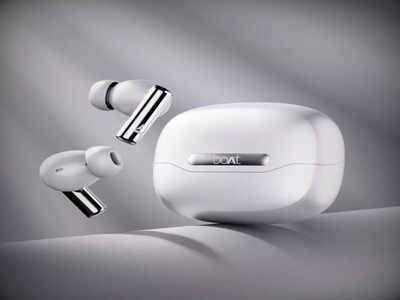The UAE’s luxury image is transitioning as a surge in secondhand shopping takes center stage. Fueled by sustainability concerns and evolving consumer behaviors, preloved fashion and goods, including designer apparel and vintage furniture, are gaining widespread popularity. This shift towards conscious consumption combines affordability with style and ethics, marking a notable change in the region’s retail sector.
Thrift Culture on the Rise
The UAE, globally recognized for its opulent skyscrapers and extravagant shopping destinations like the Dubai Mall and Mall of the Emirates, is witnessing a subtle yet impactful transformation. More UAE residents are embracing thrift shopping for fashion, furniture, collectibles, and even baby products. Once on the fringes of shopping culture, the pre-loved market is rapidly expanding, driven by eco-conscious younger consumers and buoyed by social media-driven thrift communities, physical outlets, and curated pop-up events.
Market Growth and Key Drivers
The secondhand apparel market in the GCC is projected to reach $1.3 billion in 2025, with an estimated CAGR of 11.6%, expected to hit $4 billion by 2035. This data demonstrates the mainstream acceptance of preloved items. Several factors are propelling the UAE’s secondhand market:
- Sustainability Awareness: With increased attention to environmental impact, more shoppers are turning to thrift stores as a more eco-friendly solution.
- High-Quality Imports: As the second-largest importer of used clothing globally, the UAE sourced $237 million worth of goods in 2023 from various countries.
- Digital Resale Platforms: Instagram stores and online businesses are making thrifting not just conscious but also convenient.
- Youth-Driven Minimalism: Younger consumers are opting for thrift items for ethical and style reasons as well as cost-effectiveness.
- Circular Economy Practices: Repair, upcycling, and reselling are integral to the evolving retail landscape in the region.
